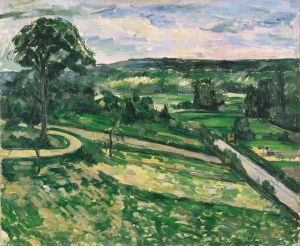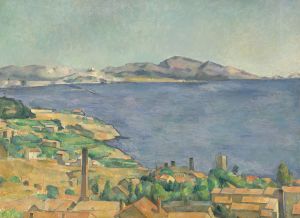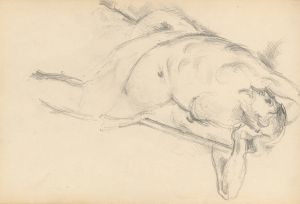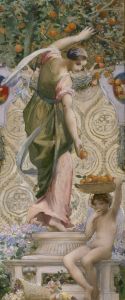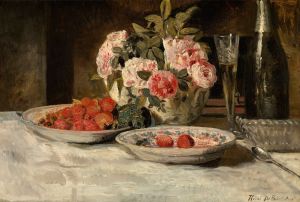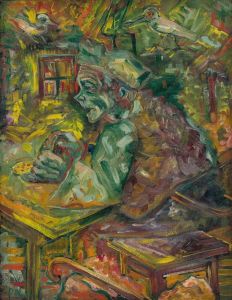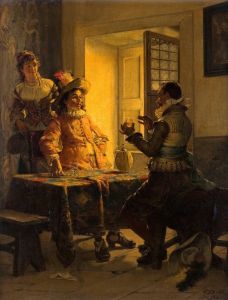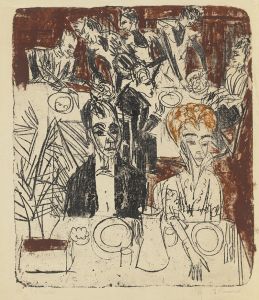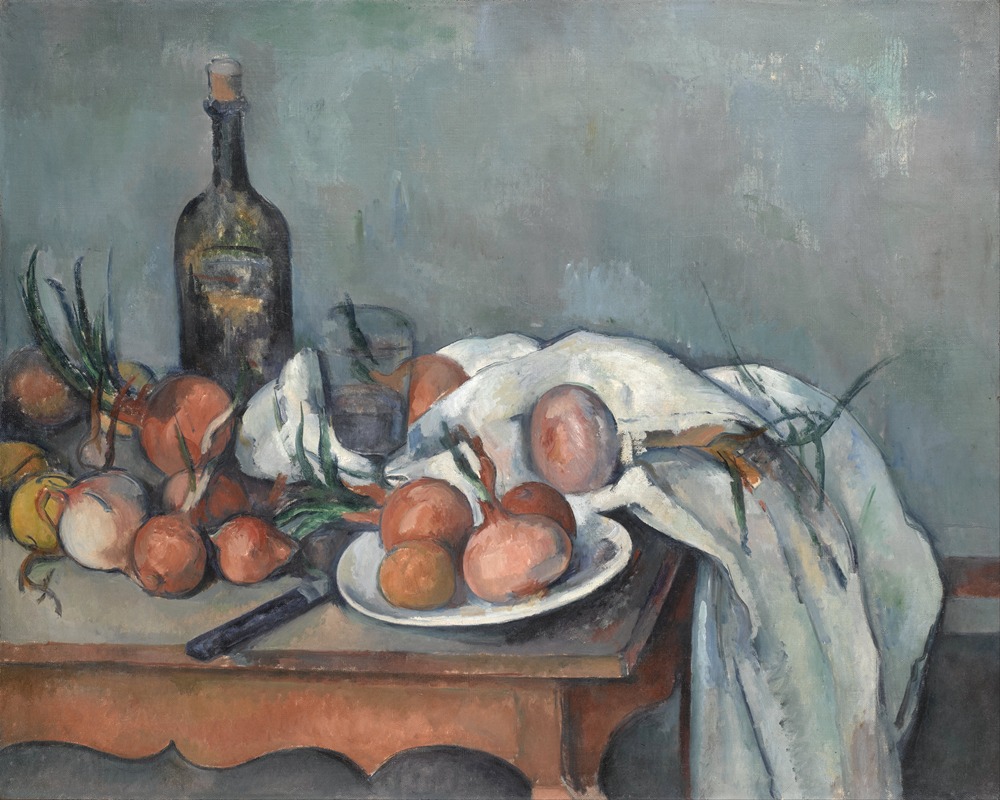
Still Life with Onions
A hand-painted replica of Paul Cézanne’s masterpiece Still Life with Onions, meticulously crafted by professional artists to capture the true essence of the original. Each piece is created with museum-quality canvas and rare mineral pigments, carefully painted by experienced artists with delicate brushstrokes and rich, layered colors to perfectly recreate the texture of the original artwork. Unlike machine-printed reproductions, this hand-painted version brings the painting to life, infused with the artist’s emotions and skill in every stroke. Whether for personal collection or home decoration, it instantly elevates the artistic atmosphere of any space.
"Still Life with Onions" is a painting by the French Post-Impressionist artist Paul Cézanne. Created around 1896-1898, this work exemplifies Cézanne's innovative approach to still life painting, which significantly influenced the development of modern art.
Paul Cézanne was born on January 19, 1839, in Aix-en-Provence, France. He is often credited with bridging the gap between 19th-century Impressionism and the early 20th century's new line of artistic inquiry, Cubism. His unique method of building form with color and his analytical approach to nature profoundly impacted the art world.
"Still Life with Onions" is a testament to Cézanne's meticulous attention to composition and form. The painting features a simple yet carefully arranged assortment of onions, placed on a table. The onions are depicted with a sense of volume and weight, achieved through Cézanne's characteristic use of color modulation and brushwork. The background and tablecloth are rendered in muted tones, allowing the onions to stand out as the focal point of the composition.
Cézanne's still lifes are renowned for their complex spatial structures. In "Still Life with Onions," he employs a tilted perspective, which creates a dynamic tension within the composition. This technique challenges traditional notions of perspective and foreshadows the Cubist movement, which would later be pioneered by artists such as Pablo Picasso and Georges Braque.
The painting is also notable for its exploration of light and shadow. Cézanne uses subtle gradations of color to depict the play of light across the onions' surfaces, giving them a lifelike appearance. This attention to the effects of light is a hallmark of Cézanne's work and demonstrates his deep understanding of the natural world.
"Still Life with Onions" reflects Cézanne's belief that art should represent the underlying structure of nature. He once said, "I want to make of Impressionism something solid and lasting like the art in the museums." This philosophy is evident in the painting's careful construction and the artist's dedication to capturing the essence of his subject matter.
Throughout his career, Cézanne produced numerous still lifes, each one a study in form, color, and composition. These works were not merely exercises in technique but were also deeply personal explorations of the artist's perception of the world around him. "Still Life with Onions" is a prime example of this approach, showcasing Cézanne's ability to transform everyday objects into profound artistic statements.
Today, "Still Life with Onions" is held in high regard by art historians and is considered an important work within Cézanne's oeuvre. It continues to be studied and admired for its innovative approach to still life painting and its influence on subsequent generations of artists.
In summary, "Still Life with Onions" by Paul Cézanne is a significant work that highlights the artist's contributions to the evolution of modern art. Through his masterful use of color, composition, and perspective, Cézanne created a painting that transcends its simple subject matter, offering viewers a glimpse into the artist's unique vision of the world.






